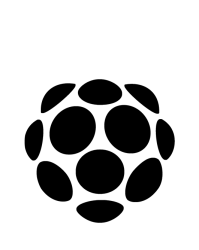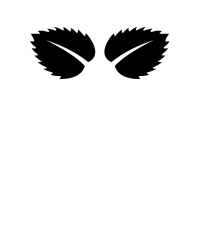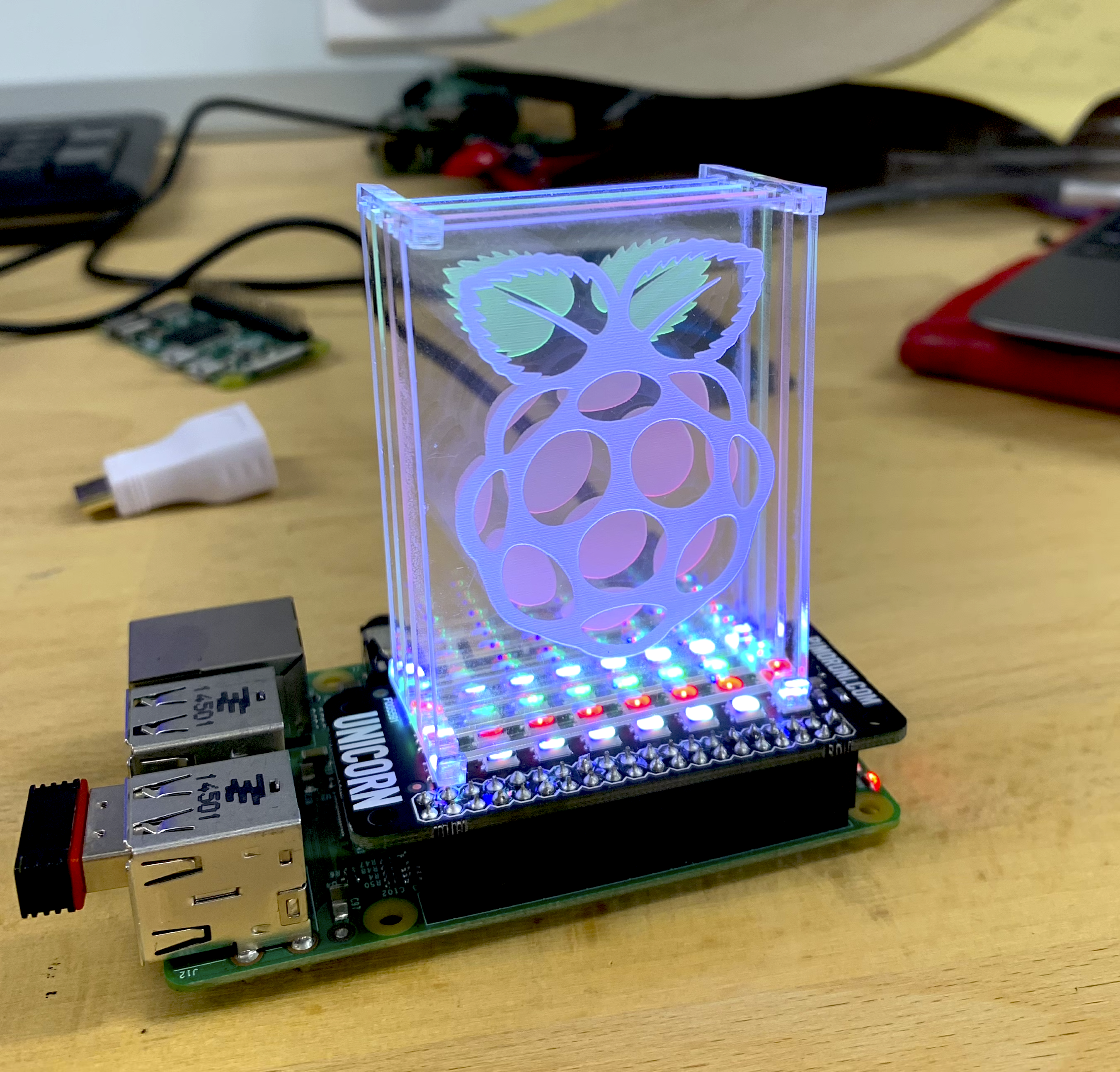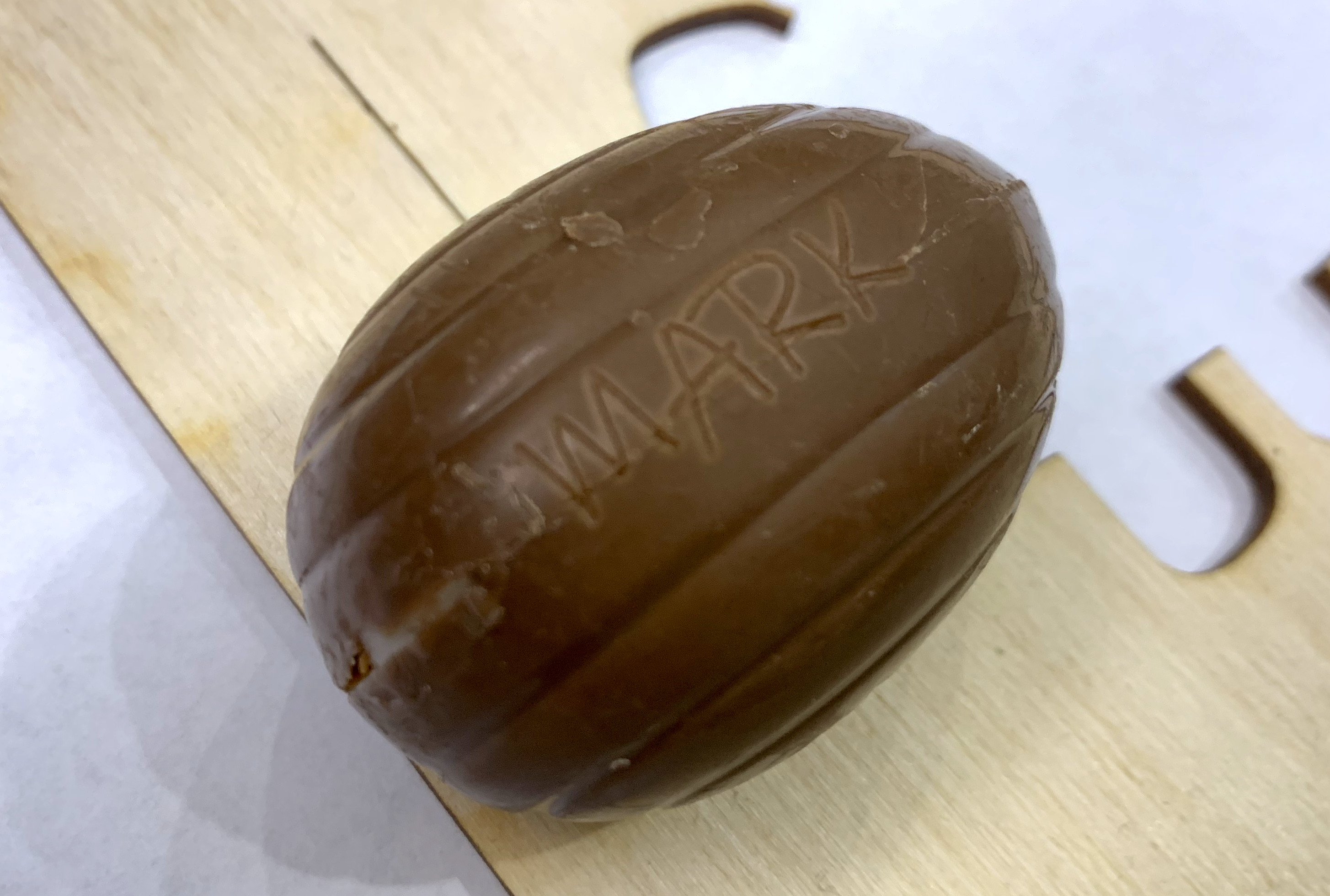- Building a 3D Digital Clock with ArduinoPosted 4 months ago
- Creating a controller for Minecraft with realistic body movements using ArduinoPosted 5 months ago
- Snowflake with ArduinoPosted 5 months ago
- Holographic Christmas TreePosted 6 months ago
- Segstick: Build Your Own Self-Balancing Vehicle in Just 2 Days with ArduinoPosted 6 months ago
- ZSWatch: An Open-Source Smartwatch Project Based on the Zephyr Operating SystemPosted 7 months ago
- What is IoT and which devices to usePosted 7 months ago
- Maker Faire Rome Unveils Thrilling “Padel Smash Future” Pavilion for Sports EnthusiastsPosted 8 months ago
- Make your curtains smartPosted 8 months ago
- Configuring an ESP8266 for Battery PowerPosted 8 months ago
Laser-engraved Raspberry Pi hologram
Raspberry Pi layered light
Read more –
Break it to make it
First, I broke down the Raspberry Pi logo into three separate images — the black outline, the green leaves, and the red berry.
Fun fact: did you know that Pimoroni’s Paul Beech designed this logo as part of the ‘design us a logo’ contest we ran all the way back in August 2011?
Once I had the three separate files, I laser-engraved them onto 4cm-wide pieces of 3mm-thick clear acrylic. As there are four lines of LEDs on the Unicorn pHAT, I cut the fourth piece to illuminate the background.
To keep the engraved acrylic pieces together, I cut out a pair of acrylic brackets (see above) with four 3mm indentations. Then, after a bit of fiddling with the Unicorn pHAT library, I was able to light the pHAT’s rows of LEDs in white, red, green, and white.
The final result looks pretty spectacular, especially in the dark, and you can build on this basic idea to create fun animations — especially if you use a HAT with more rows of LEDs.
Iterations
This is just a prototype. I plan on building a sturdier frame for the pieces that securely fits a Raspberry Pi Zero W and lets users replace layers easily. As with many projects, I’m sure this will grow and grow as each interaction inspires a new add-on.
How would you build upon this basic principle?
Oh…
…we also laser-engraved this Cadbury’s Creme Egg.
The post Laser-engraved Raspberry Pi hologram appeared first on Raspberry Pi.





















